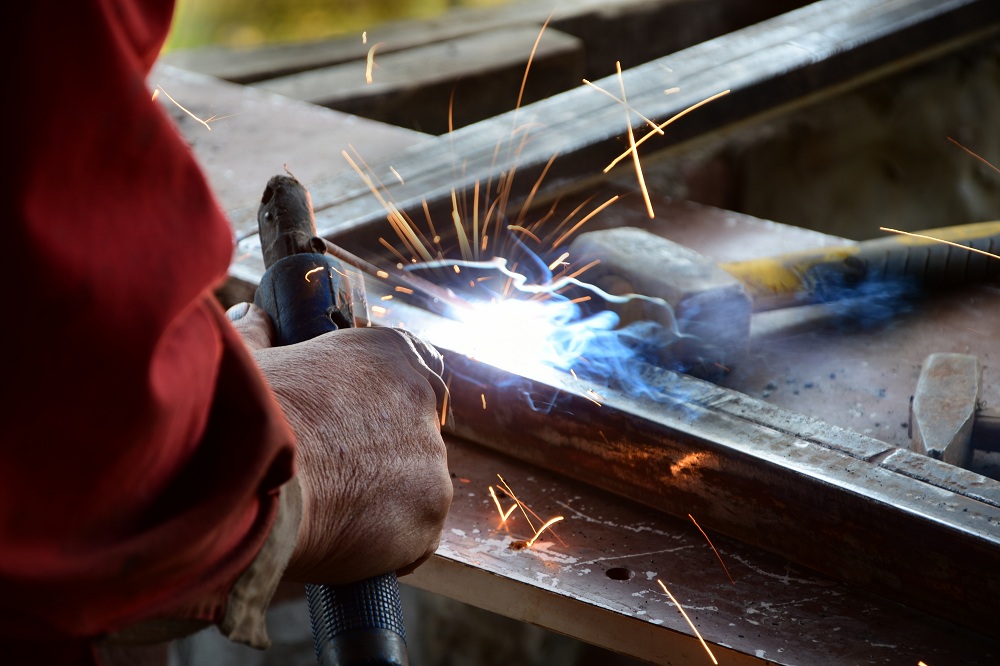If you have invented something, the first must do is claim ownership of your product before anyone can steal and reproduce it. The best way to do that is to apply for a patent.
A patent is an exclusive legal right issued to a product or process that offers a new way of doing something or a new solution to an existing problem.
Filing for a patent is expensive and takes a long time to process. But if you don’t patent your invention, someone may copy, manufacture, or sell it without your permission. What’s worse, they may file a patent before you which means you lose any earning potential from your original idea.
Applicants must take the following steps before drafting their patent application:
- Patent research – Conduct a preliminary patent search to ensure your invention is novel and isn’t obvious nor infringing on someone else’s patent. You can do this step on your own or hire IP attorneys to perform a thorough check for you.
- Prototype – When you file for a patent, you’ll be required to show a mock-up with a close-to-final to prove your product’s functionality. Once your patent has been approved, changing materials or mechanics can be difficult.
- Market research – Examine the size of your market and determine if your product may be commercially feasible.
- Cost to manufacture – If producing your invention costs more than its potential market price, then it may just do you more harm than good.
There are two main types of patents issued by the U.S. Patent Office. Determining which type of patent applies to your invention is essential to receiving adequate protection.
Design Patents
A design patent protects the visual qualities of your invention. For a product to qualify for a patent design, it must possess unique configurations and/or surface ornamentation. The invention must also feature some sort of function beyond aesthetics.
To obtain a design patent, you will be asked to provide images, sketches, and textual explanations if needed. The application takes less time than other types of patents. It’s also cheaper in terms of application fees and legal costs. A design patent can last up to 14 years from the date it was granted.
Utility patents

A utility patent may be issued to anyone who invents or discovers an original and useful machine, process, article of manufacture, or composition of matter. This is also the most common type of patent filed and is valid for 20 years from its issuance.
An application for a utility patent must include a specification, descriptions of essential elements, listed claims, and drawings, when necessary. Each claim must be detailed enough to cover the functions and unique characteristics of the invention.
In short, a design patent protects how the invention looks, while a utility patent covers how the invention works. ; If you’re worried about competitors imitating the appearance of your product, then file for a design patent. In some cases, applicants may file for both design and utility patents.
Regardless of the patent type you choose, filing for a patent isn’t a decision you want to take lightly. Patent applications take time, money, and resources. That said, obtaining a patent for your all hard work offers huge and profitable benefits in the long run.



